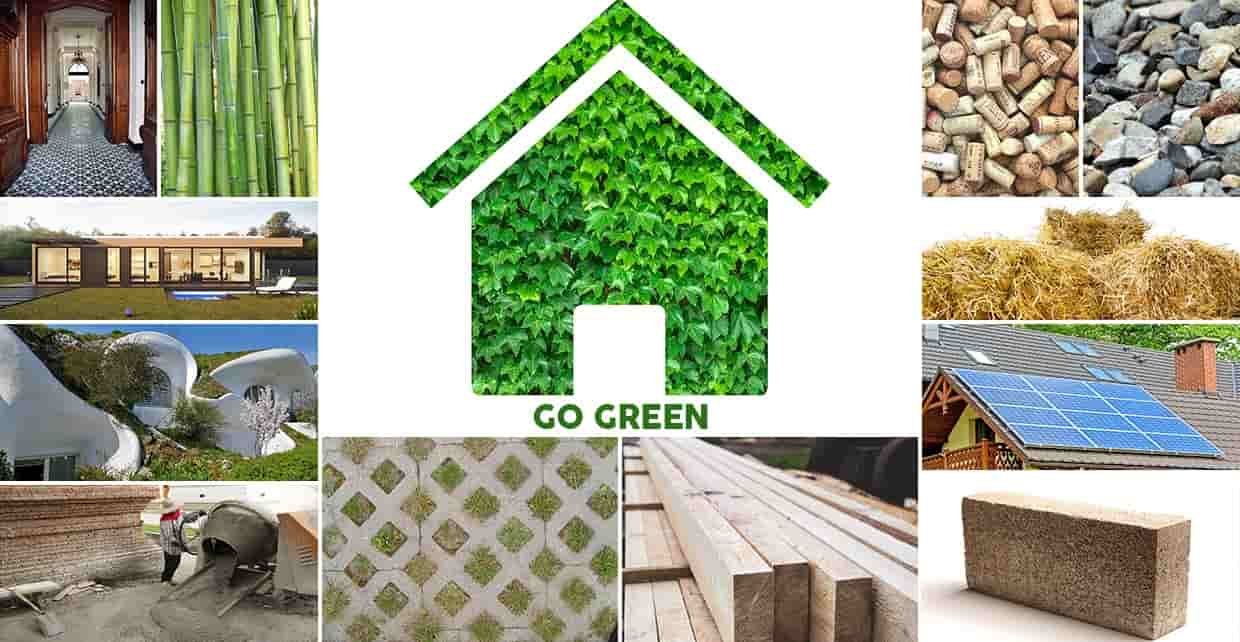Green building materials are increasingly gaining popularity in India as a sustainable and Eco-friendly way to construct buildings. With the rise of global warming and the depletion of natural resources, it is imperative to adopt a more sustainable approach to building construction. India, as one of the fastest-growing economies in the world, has the potential to lead the way in sustainable construction, and green building materials are a step in the right direction.
Green building materials are those that are environmentally responsible and resource-efficient throughout their life cycle. These materials are designed to minimize the impact on the environment and human health. They are made from renewable resources, recycled content, or materials that are low in toxicity. The use of green building materials in India can help reduce energy consumption, minimize waste generation, and decrease the carbon footprint of buildings.
One of the most significant benefits of green building materials is that they are energy-efficient. In India, the demand for energy is increasing, and the energy consumption of buildings accounts for a significant portion of the country’s energy use. Green building materials can help reduce energy consumption by reducing heat transfer through walls, roofs, and windows, and by increasing natural light and ventilation. The use of energy-efficient materials such as insulation, reflective roofs, and double-glazed windows can significantly reduce energy costs and carbon emissions.
Another advantage of green building materials is that they are durable and long-lasting. Traditional building materials such as concrete and steel are prone to decay and corrosion, which can result in costly repairs and replacements. Green building materials such as bamboo, straw, and adobe are more durable and can withstand harsh weather conditions. Moreover, these materials are readily available and can be sourced locally, which can help boost the local economy and reduce transportation costs.
Green building materials are also healthier for the occupants of buildings. Traditional building materials such as asbestos and lead-based paint are known to be harmful to human health. Green building materials are made from natural materials that are non-toxic and do not emit harmful gases. This can help create a healthier and more comfortable living environment for occupants.
The use of green building materials in India can also help reduce the country’s carbon footprint. India is one of the largest emitters of greenhouse gases in the world. The construction industry is responsible for a significant portion of these emissions. Green building materials can help reduce these emissions by using renewable resources and minimizing waste generation. For example, the use of bamboo as a building material can help reduce carbon emissions by absorbing more carbon dioxide than it emits during its growth and harvesting.
Several green building materials are available in India. Bamboo is a popular green building material in India due to its strength, durability, and renewability. It is also abundant in India and can be sourced locally. Another green building material is rammed earth, which is a mixture of soil, cement, and water that is compressed and stabilized to form walls. Rammed earth is a low-cost, low-carbon alternative to concrete and is suitable for hot and dry climates. Straw bales are also a popular green building material in India, as they are inexpensive, readily available, and provide excellent insulation.
In conclusion, the use of green building materials in India is a step in the right direction towards sustainable construction. Green building materials are energy-efficient, durable, healthy, and environmentally responsible. They can help reduce energy consumption, minimize waste generation, and decrease the carbon footprint of buildings. The availability of several green building materials in India makes it easier to adopt sustainable construction practices. The use of green building materials can help create a healthier, more sustainable, and more resilient built environment in India.



